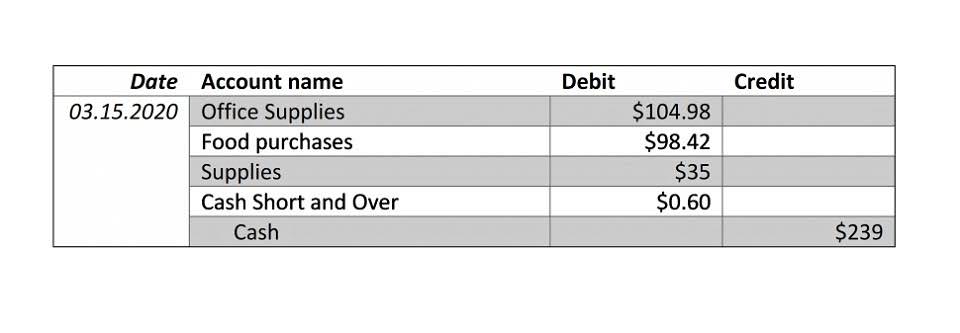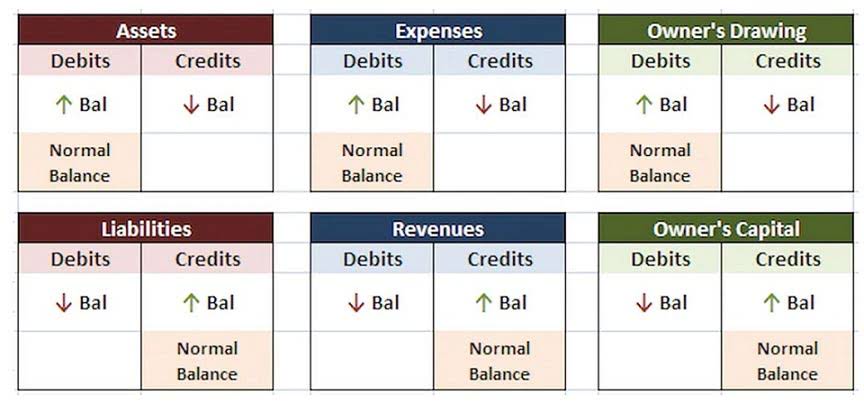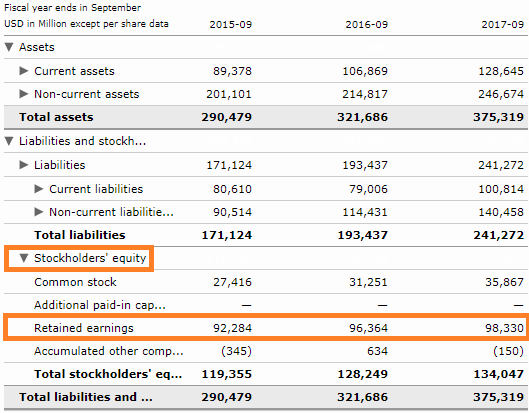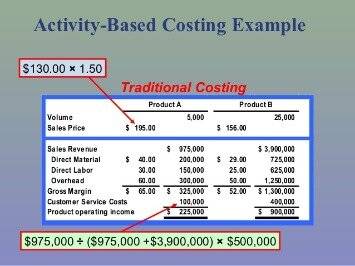
This is why it’s critical to understand the differences between current and long-term liabilities. Plus, making sure that they get recorded properly on your balance sheet is just as important. Owner’s funds/Capital/Equity – Last among types of liabilities is the amount owed to proprietors as capital, it is also called as owner’s equity or equity. Capital, as depicted in the accounting equation, is calculated as Assets – Liabilities of a business. It is an internal liability of the business and includes reserves and profits. The company would be considered safe, and a higher credit rating would be allocated to the company by the rating agency if the company doesn’t fail to make promised interest and principal payments.
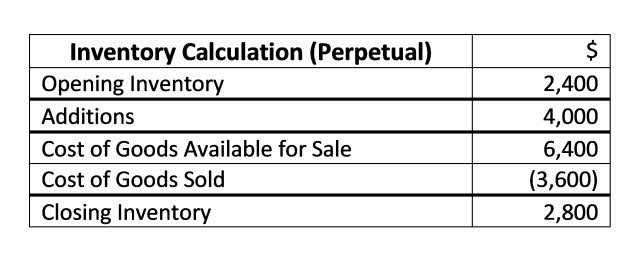
Long-term liabilities are obligations that are due in a year or longer, while short-term liabilities come due within a year. Liabilities are reported on the company’s balance sheet and are also one of the three components of the basic accounting equation. Lease payments are a common type liabilities in accounting of other liability in accounting. These are the periodic payments made by a lessee (the business) to a lessor (property owner) for the right to use an asset, such as property, plant or equipment. In accounting terms, leases can be classified as either operating leases or finance leases.
Impact of Interest Rates on Liability Management:
Mortgage loans, like most loans, are broken down into monthly payments over the period agreed. Contingent liabilities occur as a result https://www.bookstime.com/articles/what-is-the-accounting-journal-entry-for-depreciation of uncertain future events. Current liabilities have lower interest rates in comparison with non-current or long-term liabilities.
As a practical example of understanding a firm’s liabilities, let’s look at a historical example using AT&T’s (T) 2020 balance sheet. The current/short-term liabilities are separated from long-term/non-current liabilities on the balance sheet. A business owner’s policy (BOP) that bundles three key coverage types is a good starting point for a dispensary. It includes business liability, commercial property and business interruption insurance.
Quick Ratio (Acid-Test Ratio):
Tax liability, for example, can refer to the property taxes that a homeowner owes to the municipal government or the income tax he owes to the federal government. When a retailer collects sales tax from a customer, they have a sales tax liability on their books until they remit those funds to the county/city/state. Liabilities are a vital aspect of a company because they are used to finance operations and pay for large expansions.
Decreased long-term lease obligations will decrease lease liability, and lower rent expense is expected to be paid. If the company defers only a few taxes to the future, it has sufficient cash/reserves to pay its tax liability and reduce deferred tax liability. A decrease in short-term debt will decrease the debt-to-asset ratio. Lower tax payable means the company has a low tax liability, which would increase net profit and net profit margin. Therefore, companies with high-profit margins are viewed as companies with good performance. Lower interest payable means the company has a low-interest liability, which would increase earnings before tax and profit margins, and the company is supposed to have sufficient interest coverage.
Liabilities vs Expenses
Lack of transparency, as seen in cases like Enron, can lead to severe consequences. Here is a list of some of the most common examples of contingent liabilities. And if you have more debt, then you’re going to have higher liabilities. Making sure that you’re paying off your debts regularly will help reduce your overall business liabilities.
The third part is equity or money put into the company by founders or private investors. These three accounts, or aspects of a company’s finances, cover nearly every type of transaction or business decision a company can make. Additionally, accountants use a formula called the accounting equation based on assets, liabilities, and equity.

